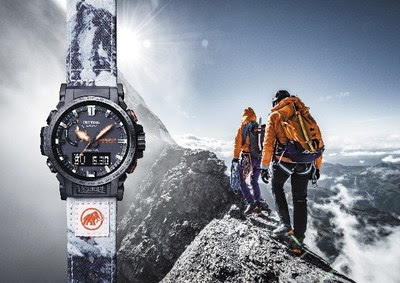The International Development Association (IDA) helps the world’s poorest countries with knowledge and financing to achieve their development goals. IDA recognizes the challenges faced by the countries that host significant refugee populations while pursuing their own development objectives. The Window for Host Communities and Refugees (WHR) helps eligible host countries create meaningful medium- to long-term development opportunities and sustainable solutions for refugees and host populations. Here are 10 things to know about the WHR:
Forced displacement is not only a humanitarian crisis, but also a development challenge. The WHR recognizes the tremendous stress placed on a host country with the sudden arrival of a large population of people. The window also acknowledges the difficulty in pursuing a country’s own development goals while accommodating protracted refugee groups, often in areas where local communities themselves lack basic services and resources.
The number of refugees living in IDA countries has increased from 8.9 million in 2017 to 9.5 million in 2020. A surge in violent conflict since 2010, in addition to other stressors like climate change, has led to historically high levels of forced displacement around the world.
WHR resources have grown in IDA20. Under IDA20, WHR received a total envelope of US$2.4 billion, an increase from US$2.2 billion under IDA19 and US$2 billion under IDA18.
For eligible countries, the WHR can provide up to US$500 million per IDA cycle to benefit both the refugees and host communities.
An emergency support mechanism is integrated into the window, providing 100 percent grants for countries experiencing a sudden massive inflow of refugees. A sudden massive inflow is defined as receiving at least 250,000 new refugees or at least 1 percent of the country’s population within a 12-month period.
WHR is sector- and instrument-neutral—it supports all World Bank operations in eligible countries that aim to create medium- to long-term development opportunities and sustainable solutions for both the refugees and their host communities.
WHR works in tandem and closely coordinates with partners and other actors to ensure that the development challenges it focuses on remain complementary to the humanitarian support provided by others. A successful partnership was forged with the United Nations High Commissioner for Refugees (UNHCR) in this respect, in which the Bank assesses the adequacy of refugee protection in consultation with UNHCR.
WHR has successfully contributed to strengthening refugee policies and implementation across several contexts. Eligible countries work to improve the policy and institutional environment for refugees and host communities. This enables IDA to work in partnership with countries to support refugee protection, freedom of movement, labor force participation, access to education, health, and other services.
To date, countries in South Asia, Middle East and North Africa, and sub-Saharan Africa have benefited from WHR and its predecessor, the Regional Sub-Window for Refugees and Host Communities (RSW) under IDA18. These include Bangladesh, Burkina Faso, Burundi, Cameroon, Chad, Democratic Republic of Congo, Djibouti, Ethiopia, Kenya, Liberia, Mauritania, Niger, Pakistan, Republic of Congo, Rwanda, South Sudan, and Uganda.
WHR has been used across a wide range of contexts, providing scale and flexibility to respond to crises. Examples include:
In Chad, where the southern Goré region is home to roughly 70,000 refugees and returnees who fled the crisis in the Central African Republic, WHR support is boosting productivity and improving food security. To strengthen gains and facilitate the expansion of basic social services, support has transitioned from humanitarian to focus on improving resilience and strengthening development.
South Sudan, one of the world’s poorest countries and plagued with fragility, conflict, and violence, is also host to some 330,000 refugees. WHR support will build on the crucial gains of humanitarian aid and transition to a development-oriented approach to improve the socioeconomic conditions of refugees and host communities, helping to deliver critical services such as access to basic health care, COVID-19 vaccines, clean water, and education.
Other examples include Bangladesh, Pakistan, and Uganda.
Source: World Bank

 Alex Gee
Alex Gee (GMAC
(GMAC

